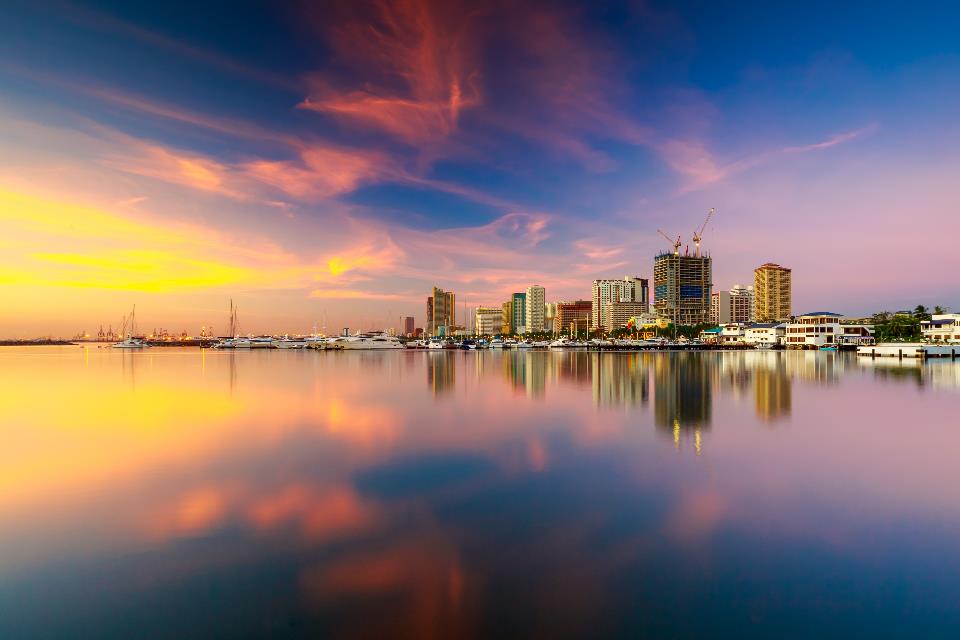
MANILA has become an even more expensive place to live for expatriates this year, according to the 2021 Cost of Living (COL) rankings released by US-based firm Mercer.
The Philippine capital now ranks 78th out of 209 cities. This is two notches higher than its 2020 ranking of 80th out of 209 cities globally.
For those working abroad, it is more expensive to live in Manila than other Southeast Asian places, namely, Yangon in Myanmar; Jakarta in Indonesia; Hanoi and Ho Chi Minh in Vietnam; and Kuala Lumpur in Malaysia.
“Across the region, companies are actively reassessing their talent and mobility strategies in light of the complex challenges brought on by Covid-19. Companies are realizing more than ever that they need to diversify their mobility scenarios and related compensation practices,” Julia Radchenko, Global Mobility Leader, Asia Pacific, said.
“And it is no longer about just geographical mobility, it is about talent mobility which implies lateral moves, distributed workforce, geographical mobility, international remote working, virtual assignments, etc.,” she added.
Mercer said the COL is affected by several factors such as food, alcohol and tobacco, domestic supplies, housing, and clothing and footwear.
It added that factors such as home services, utilities, personal care, transportation, and recreation and entertainment are also taken into consideration.
Mercer said Ashgabat, Turkmenistan is now the costliest city for international employees, both in Asia and globally. Hong Kong ceded the top spot—a position it held for the past three years—and ranked second most expensive for expatriates.
“Cost of living has always been a factor for international mobility planning, but the pandemic has added a whole new layer of complexity, as well as long-term implications related to health and safety of employees, remote working and flexibility policies, among other considerations,” Ilya Bonic, Career President and Head of Mercer Strategy, said.
“As organizations rethink their talent and mobility strategies, accurate and transparent data is essential to compensate employees fairly for all types of assignments,” she added.
Based on the data, more than half of the top 10 most expensive cities are located in Asia. Shanghai and Beijing ranked sixth and ninth respectively, up one place from last year, while Singapore moved from fifth place to seventh.
Other cities appearing in the top 10 of Mercer’s most costly cities for international employees are Zurich ranked 5th; Geneva, 8th; and Bern, 10th.
The survey saw a rise in rankings across all Mainland China cities, buoyed by currency appreciation against the US dollar and a swift recovery from the impact of Covid-19.
Data showed that Tianjin and Chengdu climbed 12 positions to 26th and 28th respectively. Mercer said the strengthening of the Taiwan dollar saw Taipei jump six places to 22.
Currency fluctuations and deflation saw Southeast Asian cities like Bangkok and Kuala Lumpur drop in rankings. Bangkok ranked 46th after dropping 11 places, while Kuala Lumpur ranked 144th reflecting an eight-notch drop in the rankings.
Mumbai ranked 78th, as India’s most expensive city, but it dropped 18 places in this year’s ranking due to the relatively weak Indian rupee in comparison with other cities in the ranking.
Mercer’s latest COL Survey aims to help employers understand the importance of monitoring currency fluctuations and assessing the inflationary and deflationary pressures on goods, services and accommodation in all operating locations.
The data aims to assist employers in determining and maintaining compensation packages for employees on international assignments and when working abroad.
Additionally, the cost of living in a location can have a significant impact on its attractiveness as a destination for talent, and influences site selection decisions for organizations expanding and transforming their geographic footprint.
